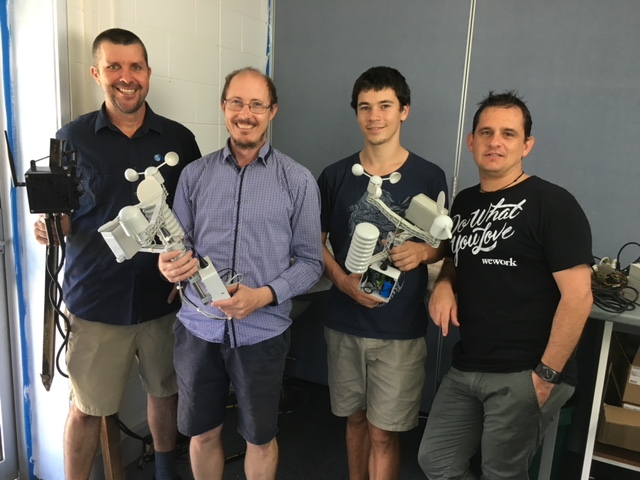The WaterSave solution, led by serial startup entrepreneur Damian Zammit, is also reducing fertiliser leakage to the Great Barrier Reef.
AgriFutures Australia is sponsoring Mr Zammit through Australia’s first ag-tech accelerator program, SproutX.
Originally working on an idea of sensory ear tags for cattle, Mr Zammit’s conversations with farmers kept coming back to the cost of irrigation, so his team embarked on a mission to reduce power and water costs on farms.
Irrigation costs farmers about 30% of their revenue and with water scarcity and power hikes the prices are continually driven up.
In addition to irrigation costs, the rainfall run-off and irrigation tail water is washing pesticides and fertilisers from cane farms into freshwater zones and coastal wetlands, affecting the Great Barrier Reef.
“Our team spoke with hundreds of farmers and they were genuinely concerned about the effect their fertilisers are having on the Great Barrier Reef,” said Mr Zammit.
By increasing the efficiency of irrigation, WaterSave not only reduces water and power costs for farmers but also reduces the amount of irrigation tail water washing fertilisers to the Great Barrier Reef.
WaterSave is a low power wide-area network of sensors that includes micro weather stations, nitrate, soil moisture and irrigation sensors. Each gateway communicates wirelessly with up to 1,000 sensors, which can be up to 15km away.
“Farmers can’t work any harder, and so this is about taking the guess work out of irrigation for them,” said Mr Zammit.
“Imagine reducing the irrigation time by a couple of hours and then multiplying that by hundreds of paddocks.”










